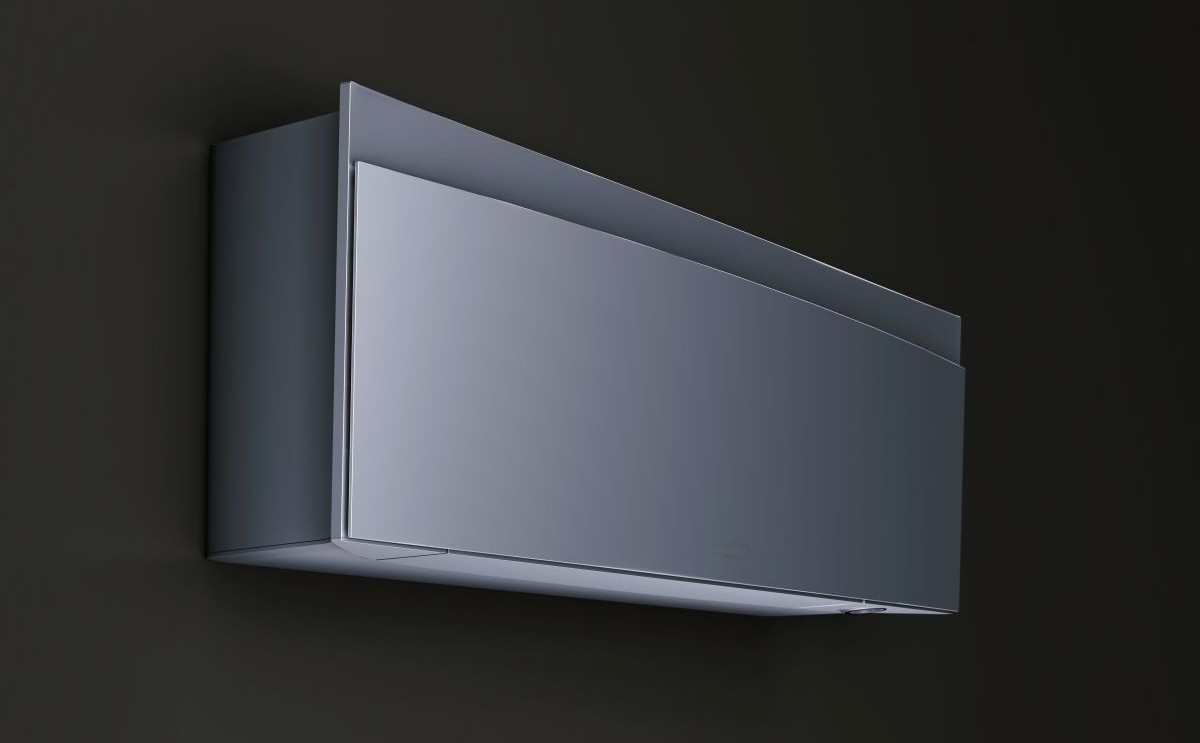News
Programme focus: Air Conditioners
Air conditioning units may have once been a luxury, but are now increasingly seen as necessary in a growing number of residential and commercial applications. The Eurovent Certified Performance programme for Air Conditioners (AC) attests the conformity of air conditioning units to European Standards and provides independently verified product performance data via an impartial and vigorous certification process.
Why is air conditioning certification important?
The demand for air conditioning is rising globally due to a combination of factors, including increasing average temperatures caused by climate change, urbanisation, and rising living standards, particularly in emerging economies. As heatwaves become more frequent and severe, both residential and commercial buildings are increasingly relying on cooling to maintain indoor comfort and protect health. In parallel, greater affordability, technological advancements, and a growing focus on thermal comfort and productivity in workplaces are driving adoption.
However, an increase in air conditioning systems also means an increase in energy use and refrigerant gases, both of which can increase the impact of climate change. It’s therefore imperative that those making product decisions choose systems that deliver on performance, low Global Warming Potential (GWP) refrigerants and energy use.
This becomes harder to achieve if manufacture data is incorrect. Some products simply don’t perform as advertised. Underperforming air conditioning units can fail to deliver the cooling capacity required and can use more energy, increasing environmental impact and running costs. They can also be more prone to faults and breakdown as the unit will have to work harder to reach desired room temperatures. Third-party evaluation via Eurovent Certification removes this risk, ensuring that products perform as advertised.

What products are included?
The Eurovent Certified Performance programme scope for Air Conditioners (AC) applies to factory-made units intended to produce either only cooled air for comfort air conditioning, or both cooled and heated air by reversing the cycle.
The AC programme is divided in three sub-programmes:
AC1: Comfort air cooled air conditioners and air/air heat pumps rated up to 12 kW cooling capacity, except double duct and single duct units.
AC2: Comfort air conditioners rated from 12 kW up to, but not including, 50 kW cooling capacity.
AC3: Comfort air conditioners rated from 50 kW up to 100 kW cooling capacity.
AC1 programme units out of Regulation 206/2012 are excluded. AC2 and AC3 programme units out of Regulation 2016/2281 are excluded. Desert certification is included as an option.
Participating companies must certify all units within the scope of the programme that are mandatory (desert certification is excluded from certify-all). For multi-split air conditioners, units with 2 indoor units are mandatory, units with 3 or more indoor units are optional.
What is certified?
For the admission and yearly surveillance procedures:
AC1: 8% of the units declared are tested by an independent laboratory.
AC2 & AC3: 10% of the units declared are tested by an independent laboratory.
Main certified characteristics and acceptance criteria:
- Capacity (cooling and heating) −5%
- Efficiency (EER and COP) at standard rating conditions and part loads: −8%
- Seasonal Efficiency (SEER and SCOP, ƞs and Qe ) – 0.5%
- A-weighted sound power level +0 dB (A)
- Auxiliary power +10%
- Minimum continuous operation Load Ratio: Lrconmtin : +5%, CCPLRcontmin -5%
What are the testing standards?
Air conditioners certified under this Eurovent Certified Performance programme are tested to:
- EN 14511
- EN 14825
- EN 12102.
You can find out more about the certification rules and requirements in the Technical Certification Rules and Certification Manual on our Eurovent Certified Performance programme for Air Conditioners page.
Why choose Eurovent Certified Performance?
Eurovent Certified Performance for Air Conditioners offers a comprehensive, independent and impartial certification programme, which goes far beyond laboratory testing alone.
This programme includes:
- Independent laboratory tests
- Full analysis and validation of all supplied data (including marketing materials)
- Surveillance process to ensure continued conformity.
Evaluation protocols are uniform to ensure the certification process is fair and equal for all manufacturers. Eurovent Certification:
- Evaluates all air conditioners according to the same criteria
- Expresses results in the same unit of measurement, regardless of the country where the products are manufactured or marketed
- Ensures all products within the programme go through exactly the same certification, auditing and surveillance process
- Impartiality standards are kept high as manufacturers and laboratories have no direct contact, keeping the process clear of any bias
- Addtionally, products to be tested can be taken from the production line or factory stock, ensuring the product tested is exactly the same as those leaving the production line.
As all air conditioning units go through the same process, decision makers can directly compare this data when making product decisions, via the free to access certified product directory.



 Sep 24, 2025
Sep 24, 2025
 Vienna House by Wyndham Diplomat Prague - Czech Republic
Vienna House by Wyndham Diplomat Prague - Czech Republic